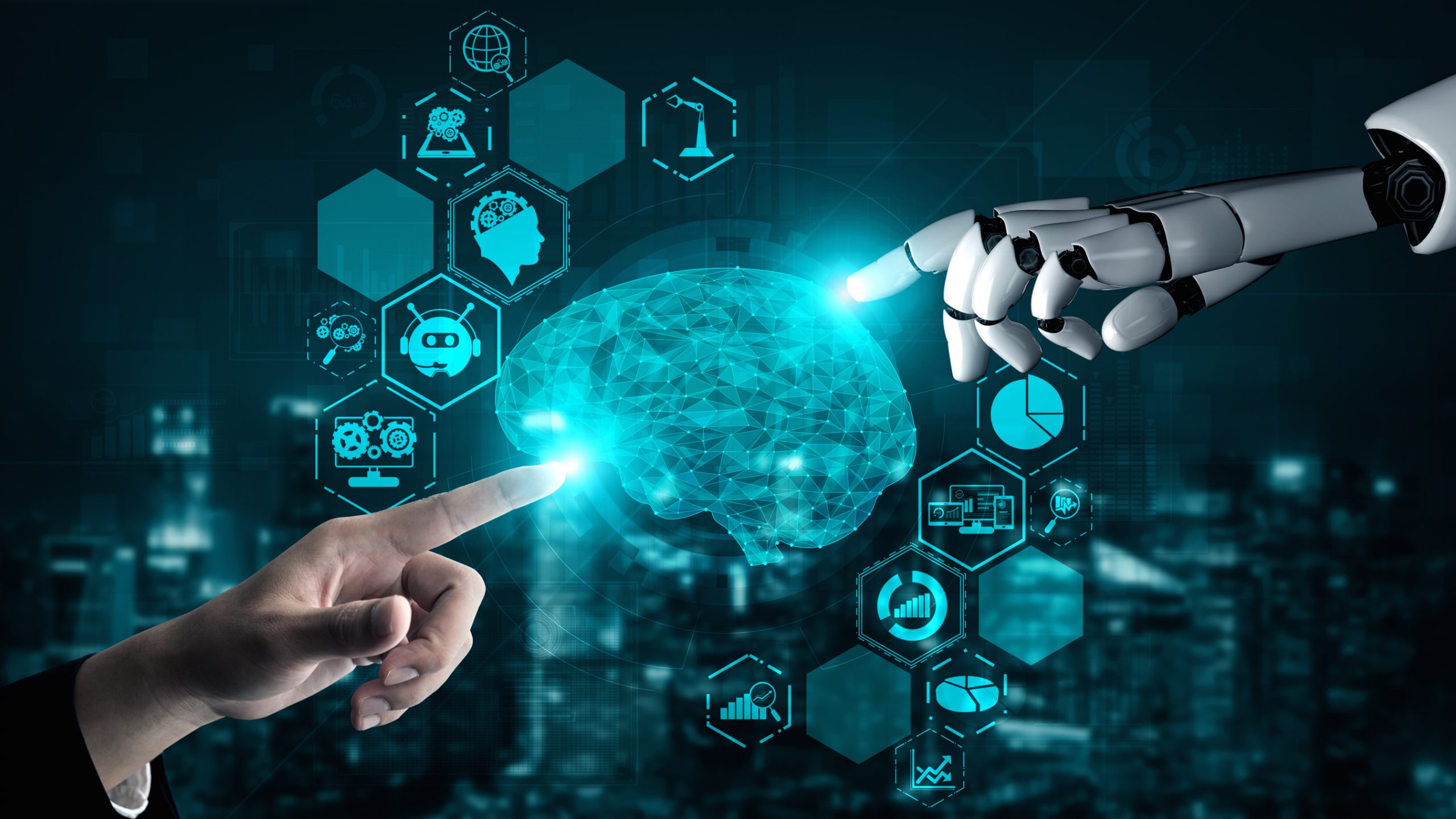https://healthcareguru.services/about-healthcareguru/
ai-artificial intelligence-Robotics-good
AI stands for Artificial Intelligence. Artificial intelligence (AI) is used for ai-artificial intelligence-Robotics-healthcare-ML. There are two main types of AI. Read the article to know more about AI.
It refers to the simulation of human intelligence in machines that are programmed to think, reason, and learn like humans.
The primary goal:2
AI is to create systems that can perform tasks that would typically require human intelligence like understanding natural language, recognizing patterns, solving problems, learning from experience, and making decisions.
About Artificial Intelligence:
Introduction :
Artificial Intelligence, or AI, is a revolutionary field that has taken the world by storm in recent years.
With its ability to mimic human intelligence, AI has paved the way for groundbreaking innovations and applications across various industries.
From self-driving cars to virtual assistants, AI has shown its potential to transform the way we live, work, and interact with technology.
In this blog:1.ai-artificial intelligence-Robotics-healthcare-ML power
We will embark on a captivating journey to explore the fascinating realm of Artificial Intelligence, delving into its history, current state, and the limitless possibilities it holds for the future.
Section 1: A Brief History of AI:1.ai-artificial intelligence-Robotics-healthcare-ML power
The roots of Artificial Intelligence trace back to ancient myths and folklore, where humans envisioned creating beings with human-like qualities.
The formal study of AI began in the 1950s with the work of pioneers like Alan Turing and John McCarthy.
Turing proposed the concept of a “universal machine” capable of simulating any computable problem, laying the foundation for modern AI.
Section 2: Types of AI :
AI can be broadly categorized into two types: Narrow AI (Weak AI) and General AI (Strong AI). Narrow AI. General AI, on the other hand, is the ultimate goal – an AI system capable of understanding and learning across various domains, just like a human being.
Section 3: Real-world AI Applications :
In today’s fast-paced world, AI has found its way into numerous applications, transforming industries and enhancing everyday life.
AI-driven virtual assistants like Siri and Alexa have become our digital companions, helping us with tasks, and providing information.
In healthcare:
AI is being used to analyze medical data, assist in diagnostics, and develop personalized treatment plans. Financial institutions employ AI algorithms for fraud detection and risk assessment, safeguarding our financial transactions.
The entertainment industry uses AI to generate personalized content recommendations, ensuring we are immersed in the content we love.
Section 4: Ethical Considerations in AI Development :
As AI becomes more powerful, the potential for misuse and bias increases.
Ethical considerations in AI development involve issues like data privacy, algorithmic bias, and the impact on employment as automation advances.
Striking a balance between technological progress and responsible AI development is crucial for a sustainable future.
Conclusion :
Artificial Intelligence has come a long way since its inception, reshaping how we interact with technology and pushing the boundaries of innovation.
As AI continues to evolve, it holds the promise of unlocking untapped potential in healthcare, education, sustainability, and beyond.
In the coming years, the journey of Artificial Intelligence will undoubtedly be both exciting and transformative, as researchers, developers, and policymakers work together to harness its power responsibly.
As we embark on this journey of discovery, let us embrace AI’s potential while remaining mindful of the responsibilities that accompany it, thus paving the way for a brighter and more inclusive AI-driven future.
There are two primary types of AI-artificial intelligence :
1. ai-artificial intelligence-Robotics-good
ai-artificial intelligence-Robotics-good
Narrow AI (Weak AI):
This type of AI is designed and trained for a specific task or a narrow range of tasks. Examples include virtual personal assistants (like Siri or Alexa), image recognition systems, and recommendation algorithms used by online platforms.
General AI (Strong AI):
General AI aims to possess the ability to understand, learn, and apply knowledge across a wide range of tasks similar to human intelligence.
Symbolic AI:
This approach involves using predefined rules and symbols to represent knowledge.
Make decisions based on logical operations.
Machine Learning AI:
ai-artificial intelligence-Robotics-good

1. ai-artificial intelligence-Robotics-good
This involves training algorithms on large datasets to learn patterns. Machine Learning is an important type of ai-artificial intelligence.
Machine learning is a branch of artificial intelligence (AI).
It involves the study of statistical models and algorithms to use computers to learn patterns, relationships, and insights from data.
Used for tasks like image recognition, natural language processing, and recommendation systems.
There are different types of machine learning, including supervised learning, unsupervised learning, and reinforcement learning, each with its approaches and applications.
Deep Learning AI:
A subset of machine learning that uses artificial neural networks to simulate the functioning of the human brain and allows AI systems to process vast amounts of data and learn complex patterns.
AI is applied in various domains ai-artificial intelligence-Robotics-good
https://healthcareguru.services/deep-learning-ai-the-future-challenges/




Helpful